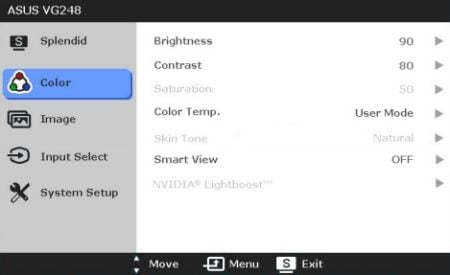

Alternatively you can of course also clone this git repository into that folder. It's important that the folder is called exactly like that because DKMS expects that.

Now the source code should be in /usr/src/asus-wmi-1.0. Ubuntu: sudo apt install linux-headers-$(uname -r)Ĭreate a directory for the module and download the source code sudo mkdir /usr/src/asus-wmi-1.0 Most distributions provide a package for that. In addition to that, you need to have the headers for your current kernels installed.

Debian/Ubuntu/etc.: sudo apt install dkms Install DKMS using the method of your distribution. So if you did a kernel update, please reboot first so the installation uses the correct kernel version. Please make sure that you are running the kernel that you want to install the module for. These are the current instructions, but please check in case they have been updated To install and use this module using dkms: I wasn't too sure how to set backlight so I downloaded the GUI for ddccontrol (gddccontrol) and when I tried to change the settings of i2c-3 I see this:Ĭheck this fix for asus-wmi kernel module by Plippo (well documented, easy to install). It seems it does not control the actual backlight.Īny clues? I tried to mess around with ddcutil, using sudo ddcutil detect to get (note i2c-3 is the screenpad): Invalid display above 1) but this only makes the screen more saturated. I try to set the brightness via xrandr -output HDMI-1 -brightness 1.5 (ie.

This is what xrandr shows the display as: HDMI-1 connected 2160x1080+0+1080 right (normal left inverted right x axis y axis) 66mm x 134mm As ASUS provides drivers for windows I can adjust the backlight through an app. The issue however is that the brightness on this is not set to max. Ubuntu recognizes it just fine, as long as I am using Xorg and intel gpu. I have the new zenbook 15 which comes with a secondary display in the touchpad.


 0 kommentar(er)
0 kommentar(er)
